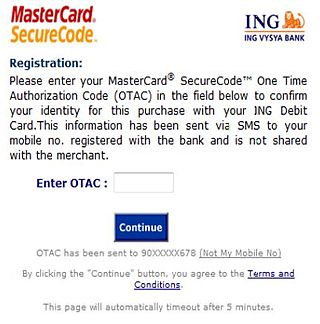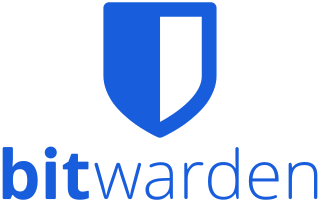| SQRL Logo | |
| Original author(s) | Steve Gibson |
|---|---|
| Operating system | Cross-platform |
| Available in | 56 languages |
List of languages Afrikaans, Arabic, Armenian, Belarusian, Bulgarian, Catalan, Chinese Simplified, Chinese Traditional, Croatian, Czech, Danish, Dutch, English, English, Canada, English, United Kingdom, Esperanto, Estonian, Finnish, French, French, Canada, French, Quebec, German, Greek, Hebrew, Hindi, Hungarian, Icelandic, Indonesian, Irish, Italian, Japanese, Korean, Latvian, Lithuanian, Malayalam, Norwegian Bokmal, Norwegian Nynorsk, Persian, Polish, Portuguese (Portugal), Portuguese (Brazil), Romanian, Russian, Serbian (Cyrillic), Slovak, Slovenian, Spanish, Swahili, Kenya, Swahili, Tanzania, Swedish, Tagalog, Thai, Turkish, Ukrainian, Vietnamese, Welsh [1] | |
| Type | secure website login and authentication |
| License | Public domain [2] |
| Website | https://www.grc.com/sqrl/sqrl.htm |
SQRL (pronounced "squirrel") [2] or Secure, Quick, Reliable Login (formerly Secure QR Login) is a draft open standard for secure website login and authentication. The software typically uses a link of the scheme sqrl:// or optionally a QR code, where a user identifies via a pseudonymous zero-knowledge proof rather than providing a user ID and password. This method is thought to be impervious to a brute-force password attack or data breach. It shifts the burden of security away from the party requesting the authentication and closer to the operating-system implementation of what is possible on the hardware, as well as to the user. SQRL was proposed by Steve Gibson of Gibson Research Corporation in October 2013 as a way to simplify the process of authentication without the risk of revelation of information about the transaction to a third party.








